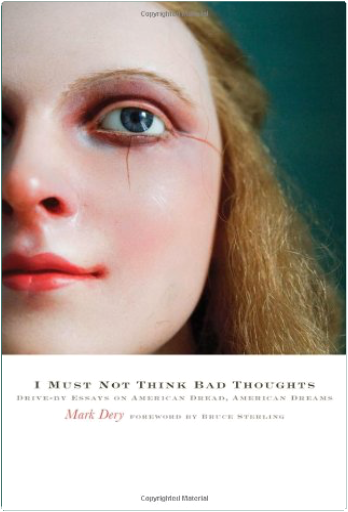 From the preface by SF legend Bruce Sterling: 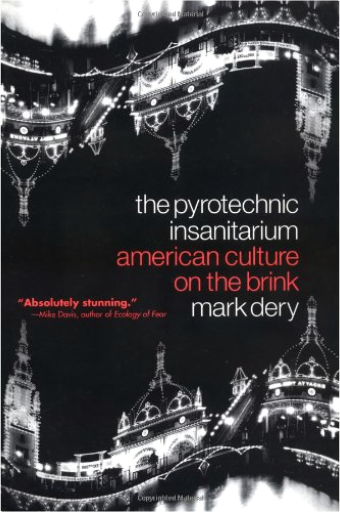 From the far left to the far right, on talk radio and the op-ed page, more and more Americans believe that the social fabric is unraveling. Celebrity worship and media frenzy, suicidal cultists and heavily armed secessionists: modern life seems to have become a "pyrotechnic insanitarium," Mark Dery says, borrowing a turn-of-the-century name for Coney Island. Dery elucidates the meaning to our madness, deconstructing American culture from mainstream forces like Disney and Nike to fringe phenomena like the Unabomber and alien invaders. Our millennial angst, he argues, is a product of a pervasive cultural anxiety-a combination of the social and economic upheaval wrought by global capitalism and the paranoia fanned by media sensationalism. The Pyrotechnic Insanitarium is a theme-park ride through the extremes of American culture of which The Atlantic Monthly has written, "Mark Dery confirms once again what writers and thinkers as disparate as Nathanael West, Fyodor Dostoyevsky, Sigmund Freud, and Oliver Sacks have already shown us: the best place to explore the human condition is at its outer margins, its pathological extremes." 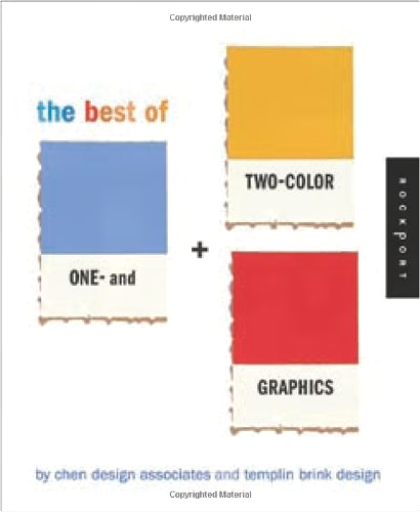 Explores ways to stretch a budget by using limited colors without compromising style. 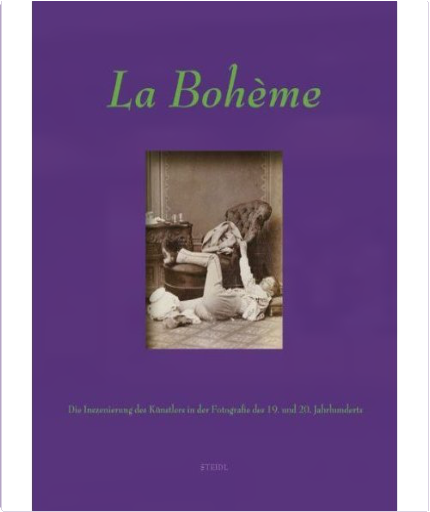 Henry Murger described within his novel La Bohème for the first time in history the life and struggle of poor artists within bourgeois society. This was the beginning of the romantic myth of the independent, anarchistic spirit of creative artists. In that context photography played an important role, used by the artists for self-exposure and to document their working conditions and leisure. The bohemian legend persists in literature, on stage and film, as well as in the attitudes of numerous artists of our own time. This book assembles daguerreotypes and photographs of painters, sculptures, writers and actors, portraits and group pictures, pictures of studio interiors and parties from the late Biedermeier over the Belle Epoche up to the 1920th. 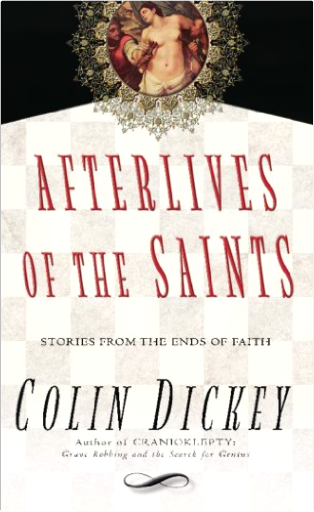 Afterlives of the Saints is a woven gathering of groundbreaking essays that move through Renaissance anatomy and the Sistine Chapel, Borges’ "Library of Babel," the history of spontaneous human combustion, the dangers of masturbation, the pleasures of castration, and so forth” each essay focusing on the story of a particular (and particularly strange) saint. | 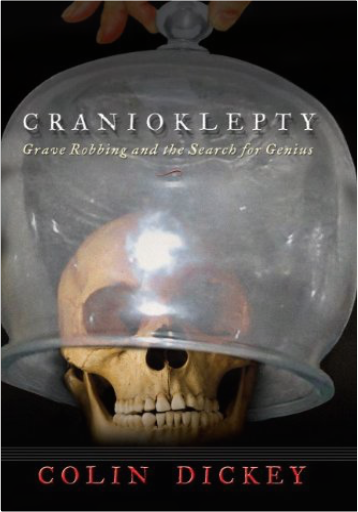 Beginning dramatically with the opening of Haydn s grave two days after his death in October 1820, Cranioklepty takes us on an extraordinary history of a peculiar kind of obsession. The desire to own the skulls of the famous, for study, for sale, for public (and private) display, seems to be instinctual and irresistible in some people. The rise of Phrenology at the beginning of the 19th century only fed that fascination with the belief that genius leaves its mark on the very shape of the head. The after-death stories of Franz Joseph Haydn, Ludwig Beethoven, Swedenborg, Sir Thomas Browne and many others have never before been told in such detail and vividness. Fully illustrated with some surprising images, this is a fascinating and authoritative history of ideas carried along on the guilty pleasures of an anthology of real-after-life gothic tales. 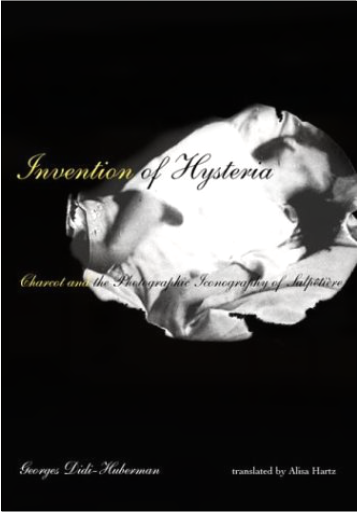 In this classic of French cultural studies, Georges Didi-Huberman traces the intimate and reciprocal relationship between the disciplines of psychiatry and photography in the late nineteenth century. Focusing on the immense photographic output of the Salpetriere hospital, the notorious Parisian asylum for insane and incurable women, Didi-Huberman shows the crucial role played by photography in the invention of the category of hysteria. Under the direction of the medical teacher and clinician Jean-Martin Charcot, the inmates of Salpetriere identified as hysterics were methodically photographed, providing skeptical colleagues with visual proof of hysteria's specific form. These images, many of which appear in this book, provided the materials for the multivolume album Iconographie photographique de la Salpetriere.As Didi-Huberman shows, these photographs were far from simply objective documentation. The subjects were required to portray their hysterical "type"—they performed their own hysteria. Bribed by the special status they enjoyed in the purgatory of experimentation and threatened with transfer back to the inferno of the incurables, the women patiently posed for the photographs and submitted to presentations of hysterical attacks before the crowds that gathered for Charcot's "Tuesday Lectures."Charcot did not stop at voyeuristic observation. Through techniques such as hypnosis, electroshock therapy, and genital manipulation, he instigated the hysterical symptoms in his patients, eventually giving rise to hatred and resistance on their part. Didi-Huberman follows this path from complicity to antipathy in one of Charcot's favorite "cases," that of Augustine, whose image crops up again and again in the Iconographie. Augustine's virtuosic performance of hysteria ultimately became one of self-sacrifice, seen in pictures of ecstasy, crucifixion, and silent cries. 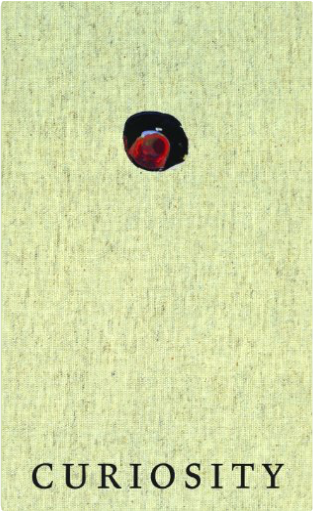 Curiosity explores the notion of intellectual and creative curiosity. Compiled in association with author and U.K. editor of Cabinet magazine Brian Dillon, this richly illustrated book explores objects, artworks and narratives drawn from a variety of disciplines—scientific, occult, anthropological and aesthetic—taking as its guide a sensibility that developed in Europe in the early modern period and tracing it at work in disparate historical and contemporary contexts. Contributors to the volume include Adam Broomberg and Oliver Chanarin, Agency, Aura Satz, Aurélien Froment, Charles Le Brun, Corinne May Botz, Gunda Förster, Jeremy Millar, Laurent Grasso, Leopold and Rudolph Blaschka, Matt Mullican, Nicolaes Maes, Nina Katchadourian, Pablo Bronstein, Philip Henry Gosse, Robert Hooke, Roger Caillois, Tacita Dean, Thomas Grünfeld and Toril Johannessen.  Archaeological excavations aren't limited to ancient Egypt or Stone Age villages. Archaeology explores artist Mark Dion's far more contemporary digs: History Trash Dig 1995, History Trash Scan 1996, Raiding Neune's Vault 1997 and the Tate Thames Dig, Beachcombing on London's Foreshore 1999. This thought-provoking book provides commentary taken from interviews between Dion and the books editor Alex Coles, as well as from the artist's Tate Gallery lecture program. Archaeology documents not only Dion's latest works but many that were, until now, unpublished. Dimension: 8 x 10 inches, 80 b&w and color reproductions. 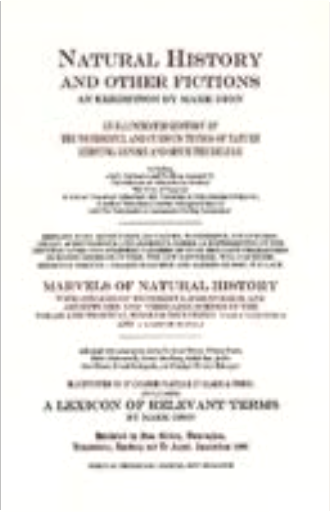 This text explores the work of vanguard artist Mark Dion who has made site-specific projects all over the world which explore the relationship of Western art, literature and museology with the natural environment. His sculptures and installations often focus on contemporary environmental issues, and have the uncanny quality of film sets or dioramas. His life-size environments have included live and stuffed animals, plants, lab equipment, and museological displays of garbage. They present lyrical and funny investigations into exoticism, colonialism and environmental crisis. Dion himself has taken on a variety of personae including reporter, scientist, explorer and detective. He has also set up collaborations with anthropologists, zoologists, geographers and groups of school children, and is well-known for his drawings and his writings. The book is part of a series of studies of important artists of the late-20th century. Each title offers a comprehensive survey of the artist's work, providing analyses and multiple perspectives on contemporary art and its inspiration. |

Morbid Anatomy Museum
Collection Total:
1,253 Items
1,253 Items
Last Updated:
Jan 26, 2016
Jan 26, 2016

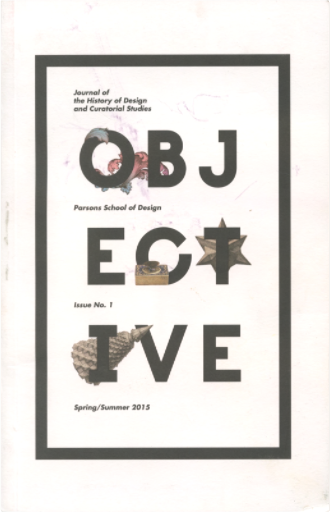
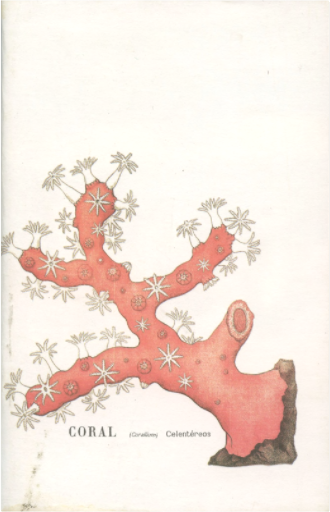
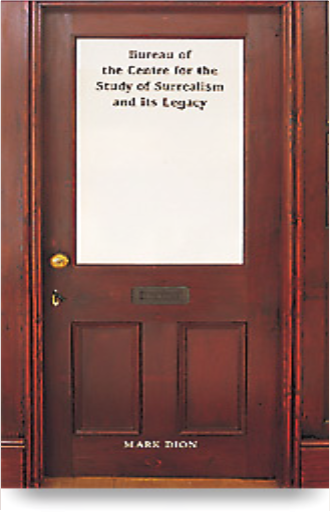

 Made with Delicious Library
Made with Delicious Library